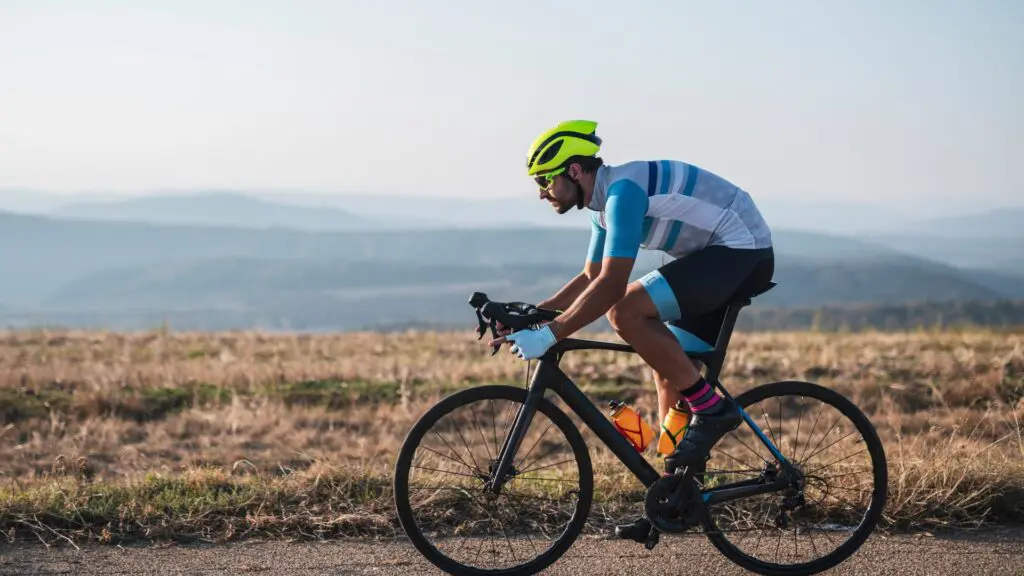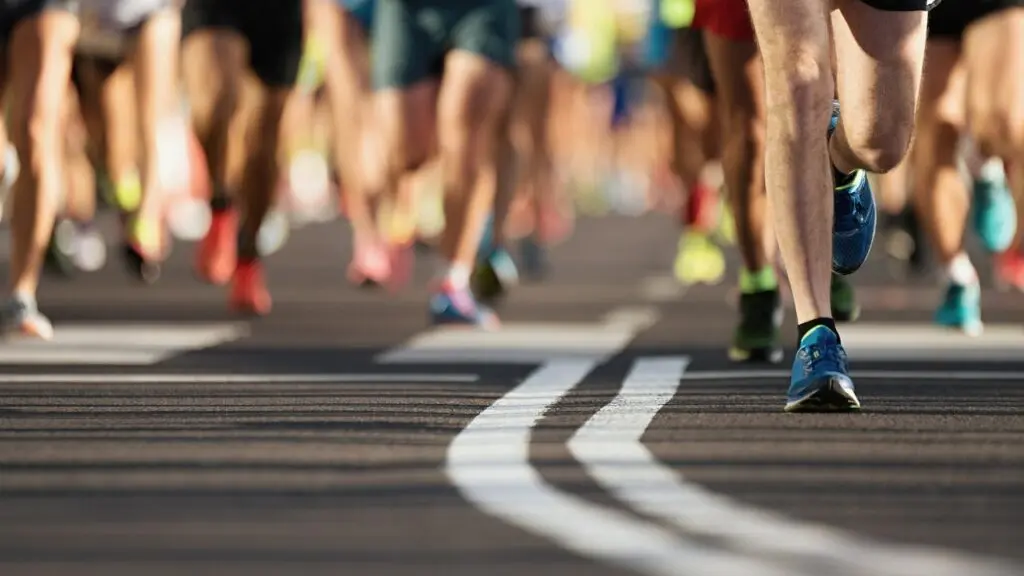
Heathcliffe, 54
Heath has always been an avid sportsman and keen participant in a variety of physical activities and challenges – from running and cycling to work in London, to wind-surfing in Hawaii and even jumping out of planes! But, his main love has always been triathlons – often the long-distance variety – which he has taken part in for most of his adult life. This gruelling activity often involved a 2.4 mile swim, 112 mile cycle, followed by running a full marathon.
However, when Heath was hit by a car in 2010, his love for physical exercise had to be abandoned for a full six months as he dealt with a broken collar bone and countless cuts and bruises. Worryingly, it was the impact to his back that was greatest and the repercussions of which, even today, prevent him from getting back in the saddle and doing what he loves most.
Prior to the car accident, Heath had never experienced any back issues. But from 2011 onwards he was dealing with frequent back pain, niggles and regular spasms, made worse by the fact he worked from home and could often be found hunched over his desk – a position that can play havoc with back health. Whilst not debilitating at first, it gradually started to impact his daily life – he would have to keep getting up from his desk to walk around, and even lie-down and ‘crack’ his back so he could carry on.
On walking holidays, he would frequently have to stop and take breaks when his back was feeling strained. Cinema trips were met with trepidation as a result of the seats which provided no lumbar support. In fact, wherever Heath went – whether to restaurants, on car journeys etc – seating was often his first concern, checking the design and style of the chair and to ascertain if enough support would be provided so as not to aggravate his back even further. All in all his back was preventing him from leading a ‘normal’ life and significantly hindering his love of sport.
In the last year alone family holiday plans have had to be significantly adjusted as the thought of getting on a plane with cramped seating and little options to move around freely is felt a barrier at this point in time. The Eurostar to Paris was felt to be the limit of Heath’s travel ability and, even then, this was a difficult experience which included him having to lie down in the aisle of the train to release any back tension.
Other aspects to Heath’s fitness regime has also been severely impacted as he used to swim during his lunch-hour in the working week and cycle in the evenings after work. Even though both of these activities weren’t being performed to the same intensity as during his triathlon training, but rather for good all round general health, they both had to be curtailed as they were causing too much aggravation to his back.
Two years ago, Heath’s back pain got much worse and was encroaching more and more on his daily life. As a result, Heath started pilates and sought help from a physiotherapist where various stretches were recommended and followed. However, despite this, Heath could not feel any real benefits and felt strongly that it wasn’t really addressing the root of the problem.
Following online research, Heath came across a YouTube video from leading UK back specialist, Mr Michael Fatica, from www.backinshapeprogram.com. The advice and recommendations by Michael immediately struck a chord with Heath – he provided a more ‘formalised approach’ to back pain, placing key importance on first building core strength, followed by a focus on improving flexibility.
Following an online consultation, Michael sent Heath to London for an X-ray which revealed chronic and recurrent disc injuries with muscle spasms. Michael explained how Heath’s back issues were significantly affected by his triathlon activity, specifically the ‘time trial’ bike position, whereby the cyclist lies ‘flat’ with his/her head forward and low.
Michael says: “When cyclists who ‘road bike’ injure their back, the ergonomics of this type of cycling are often particularly inhibiting to recovery. This is because when you tear or damage the discs and surrounding ligaments, this increases the tendency to ‘round’ or arch the back. Cyclists invariably return to the saddle sooner than they should and start stretching them again, which also prevents the restoration of normal structure. Therefore, long-term resolutions can be difficult to find. As a result Heath had lost his normal lordosis and key support structures in his back – common issues among regular road cyclists. In addition to this he was stuck in a “pelvic tilt” position even when standing upright.”
Michael explained how Heath had good core strength to begin with, as a result of all his physical activity and training, which would have ‘masked’ his back issues initially. However, following the car accident and his decreasing levels of activity, his core strength was diminishing and, hence, back issues were able to surface.
Following the Back in Shape program (BIS) on a daily basis since April 2022, Heath has been able to re-build his core strength and stability via a mix of stretching and resistance training, often involving exercises such as the squat, hip hinge and lunge. By gradually increasing the range of movements and level of resistance, Heath has been able to successfully manage his pain, which has improved greatly over just 3-6 months. While Heath appreciates he has some way still to go, he firmly believes the program has benefited his back far greater than the 10 years or so of varying physio treatment.
A key aspect of the BIS programme, which Heath feels was missing in all his previous treatments, is the quality of feedback in both the online community forum and direct feedback from Michael. In the past with physio treatments when he had a question, for example, with the correct form of an exercise or even some strange niggles/pain being felt, it could often take three weeks to get another physio appointment and therefore any feedback. Whereas with the BIS programme, Heath has often been able to receive feedback within the hour and, in some instances, immediately on how to address a particular concern. This frequently involves uploading videos so his form can be reviewed and analysed visually rather than just trying to explain the issues verbally. According to Heath, the level of feedback he receives stands the BIS programme far ahead of other forms of treatment, and is, in fact, on par with professional athletes with custom training programmes.
As a result, Heath is now back running 5km on a regular basis and trying to gradually build up his strength to get back to his first love of triathlons. “The things I miss most about competing in triathlons is the environment and the people – everyone is super positive about life and always very supportive. I also greatly miss the swimming and cycling as it’s a great way to experience the world and keep our bodies healthy as we age.”







